Explainer: Why is the launch of new Iranian satellites Kowsar and HodHod significant?
By Ivan Kesic
The launch of the two new Iranian satellites marks the debut of the country's private sector in the space industry and the strengthening of Iranian-Russian space cooperation.
On Tuesday, two new Iranian satellites, Kowsar and HodHod, were launched from the Vostochny Cosmodrome in Russia with a Soyuz rocket.
Iran's Ambassador to Russia Kazem Jalali posted a message on his account on the social media platform X (formerly Twitter), hailing the successful launch.
The two new satellites were developed by Iranian engineers at a local knowledge-based company SpaceOmid over the last five years.
On Monday, Hassan Salarieh, head of Iran’s Space Agency, said the launch of the two satellites was the second development of its type to take place since last March after the country placed its Chamran satellite into orbit on board its Qa’em space launch vehicle (SLV).
Salarieh said the country would be launching up to seven more satellites into space in the next five months, using Qa’em and Simorq, another homegrown Iranian SLV.
It comes amid decades of cruel and illegal sanctions imposed on the Islamic Republic by the West.
Video shows the moment domestically-built Iranian Kowsar and Hodhod satellites were launched into orbit using the Russian Soyuz launcher. pic.twitter.com/aEy3V8Q9vG
— Press TV 🔻 (@PressTV) November 4, 2024
What is the SpaceOmid company?
The Space Omid Company was founded in 2018 by Dr. Hossein Shahrabi Farahani, the project manager of the Iranian Omid satellite project, and a number of students from the Amirkabir University of Technology.
With the aim of designing and building light and low-priced satellites for the development of satellite systems in low Earth orbit (LEO), they started their work in 2019 by designing and assembling the Kowsar satellite.
The company's priorities are to train an elite generation for the country's space industry, who will play a role alongside experienced experts in the aerospace field, as well as the development of space-oriented applications for satellite systems.
Since 2022, progress has continued with the development of the Hodhod satellite, designed as a cubic satellite with the mission of creating a dedicated platform for providing narrowband Internet of Things (NB-IoT) services.
The two satellites were conceived and produced with assistance from Iran’s Vice Presidency for Science and Technology, the Iranian Space Agency (ISA), and the Iranian embassy in Moscow.
Iran's private sector successfully launched two domestically made satellites, Kowsar and Hodhod, into space, marking a major milestone in the country's space industry despite decades of US-led sanctions. pic.twitter.com/JkS7puDmNc
— Press TV 🔻 (@PressTV) November 5, 2024
What is the Kowsar satellite?
The Kowsar satellite belongs to the category of cubic satellites, which reduces the time and cost of the manufacturing process, and is the first space product of the Space Omid Company, whose design started in the summer of 2019.
The satellite has a mass of 30 kilograms, is powered by solar panels, orbits at an altitude of 500 kilometers and has a planned lifetime of 3.6 years.
The satellite is equipped with cameras in near-infrared (NIR) and red, green, and blue (RGB) spectrum, it has a color imaging range of 15 kilometers and an imaging rate of 6 frames per second.
It is the first Iranian satellite with an average resolution of 3.45 meters ground sample distance (GSD), making it the country's most advanced satellite until 2021.
Kowsar is designed to support agricultural, land survey, and cadaster services.
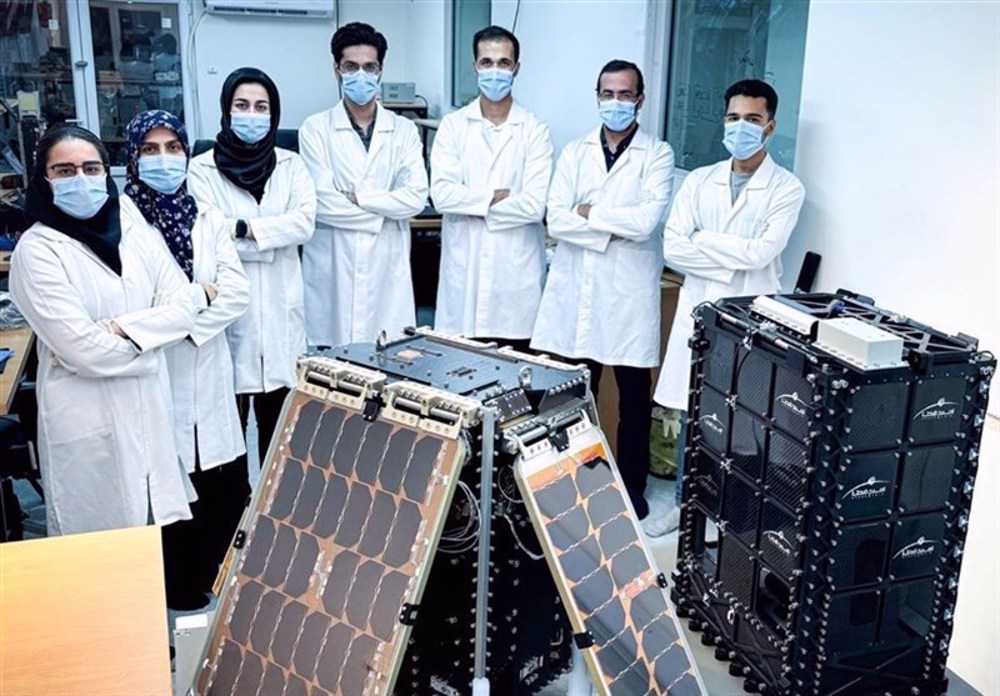
What is the HodHod satellite?
HodHod is a lightweight telecommunication satellite, weighing 4 kilograms, which also belongs to the category of cubic satellites and is powered by solar panels.
Like Kowsar, Hodhod orbits at an altitude of 500 kilometers and has a slightly longer planned lifetime of four years.
It serves a range of applications, including agriculture, land survey, transport, and environmental protection.
The HodHod satellite's notable advantage is its ability to provide Internet of Things (IoT) services, offering international coverage even in remote, forested and mountainous areas.
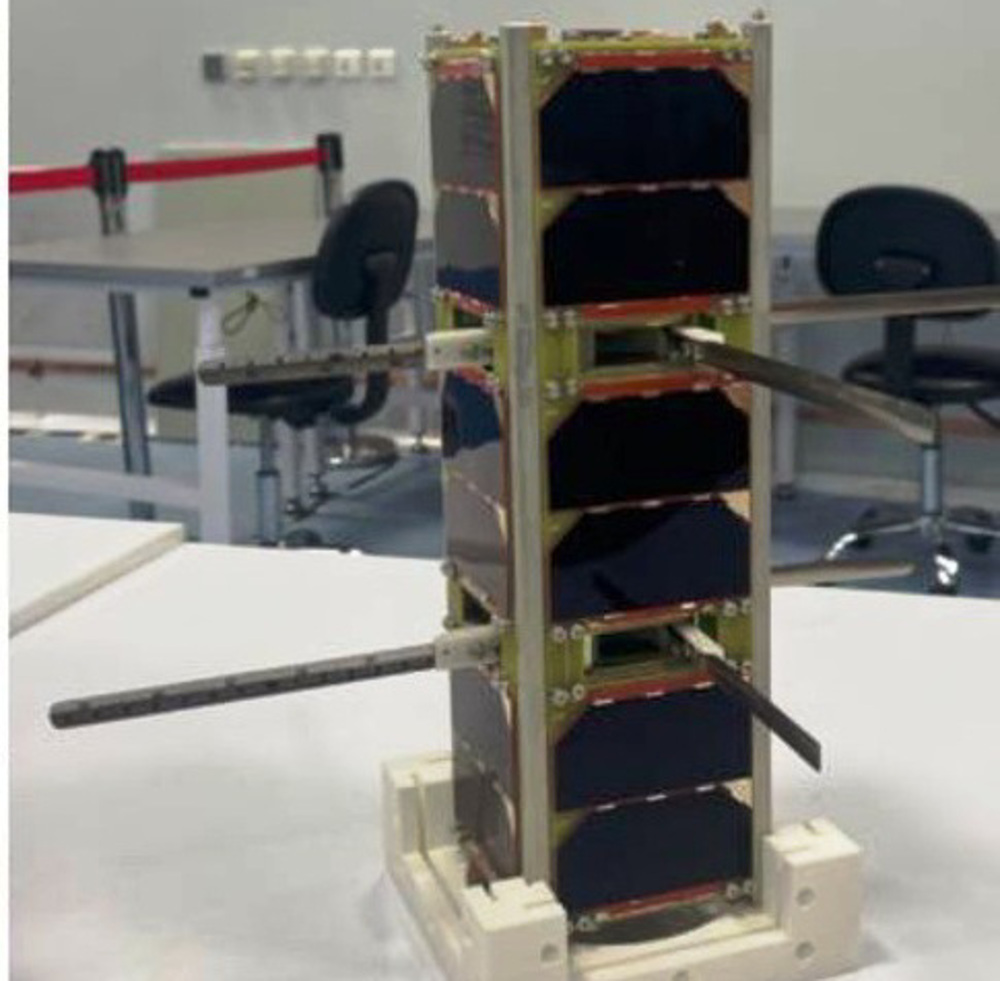
Why the Soyuz launch?
Although Iran has had domestic launch vehicles launched from its spaceports for 15 years and has so far placed 15 satellites into orbit, they are currently only used for the satellite programs of the Iranian Space Agency (ISA) or the Islamic Revolution Guards Corps (IRGC).
In this particular case, the satellites belong to a private Iranian company that in 2020 signed a contract with the Russian company Glavkosmos to launch them.
The two Iranian satellites were launched from the Vostochny Cosmodrome on a Russian Soyuz-2.1b launch vehicle that has a liftoff mass of 313 tons and can place up to 9,200 kg into low Earth orbit (LEO).
In addition to the two Iranian satellites, Soyuz placed two larger and 51 smaller Russian satellites into orbit, quantitatively representing a record for the Soyuz rocket family.
The approximate commercial price per kilogram of cargo is between $20,000 and $30,000, meaning approximately $750,000 was spent on Kowsar and about $100,000 on Hodhod.
Iran's role as the only foreign participant in the latest Soyuz launch testifies to the deepening of Iranian-Russian space cooperation, which has been going on for almost two decades.
This year, on February 29, the Iranian Pars-1 remote sensing satellite was launched from the same cosmodrome and the same launch vehicle, while on August 9, 2022, the Khayyam high-resolution imaging satellite was launched from the Baikonur cosmodrome with the same rocket.
Sina-1, Iran's first experimental satellite built by Omsk-based Polyot, was launched by a Russian Kosmos-3M rocket from the Plesetsk Cosmodrome on October 28, 2005.
Spain jurists demand ties with Israel ties be cut
VIDEO | Press TV's news headlines
VIDEO | Iran honors top Science Olympiad medalists
VIDEO | Austrians arrested at Gaza protest in Vienna
10 killed in bus crash in western Iran
VIDEO | One-man-band journalism with Civili
5 Israeli forces killed as Palestinian fighters face up to regime’s war machine
VIDEO | An insider's view of the country: Persian Tahini, Royan in Mazandaran



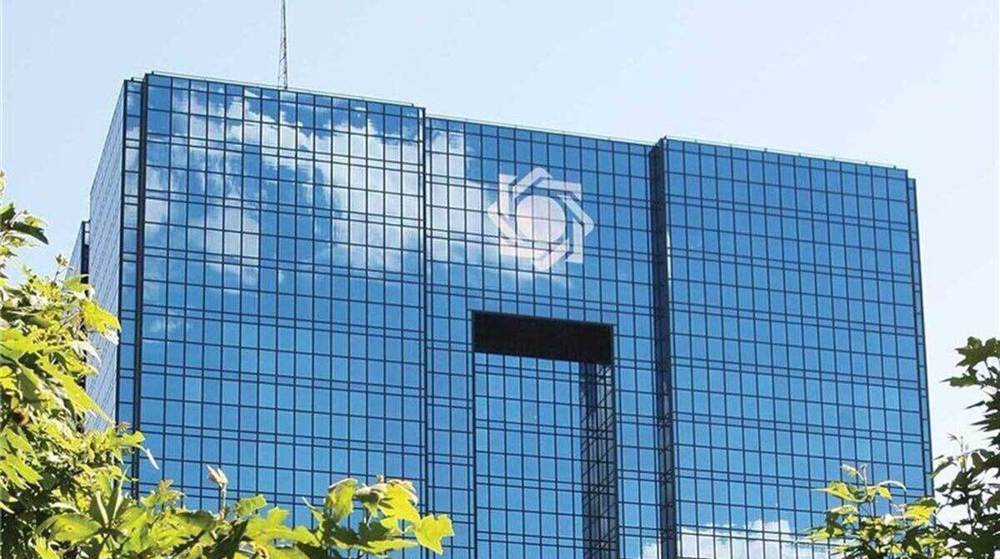

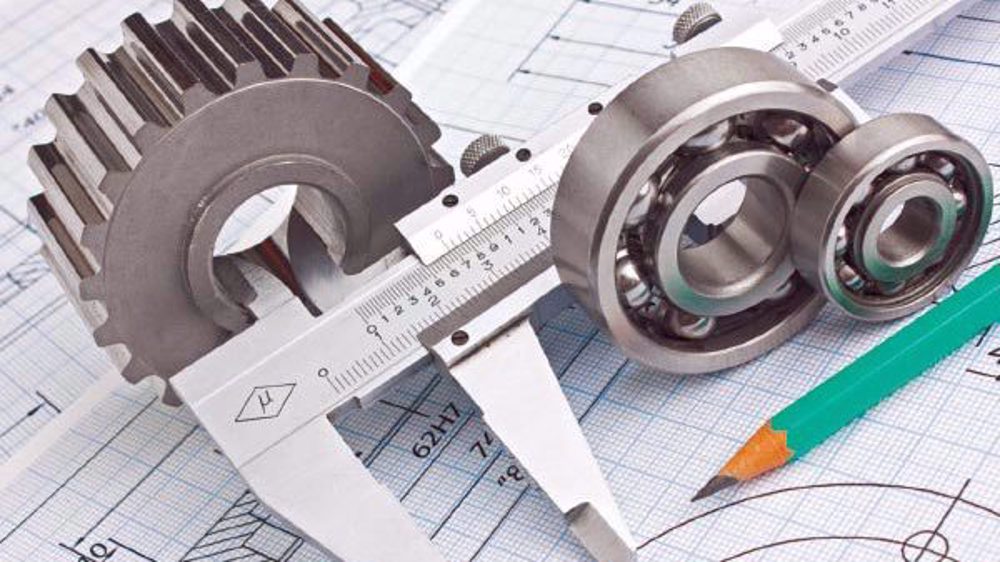



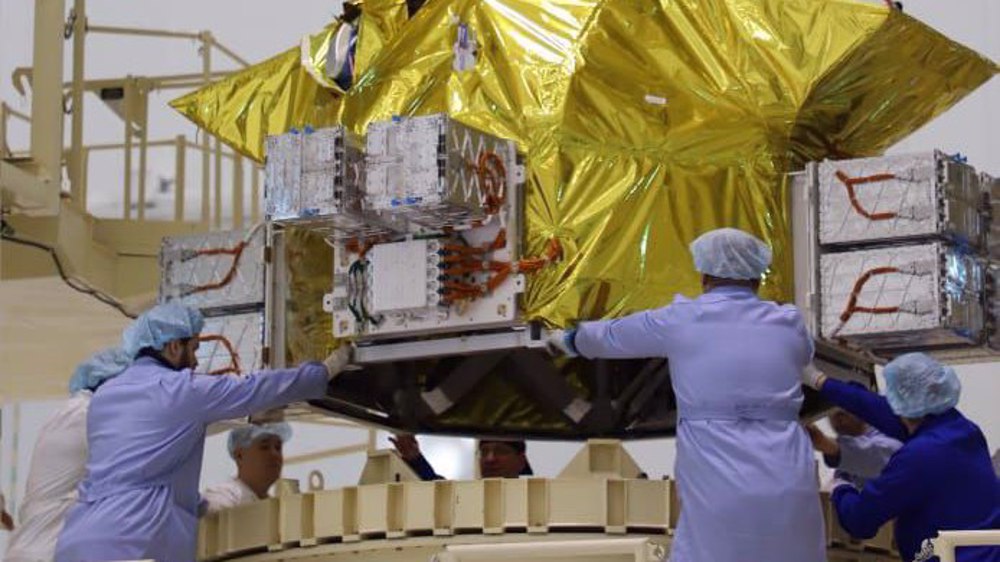
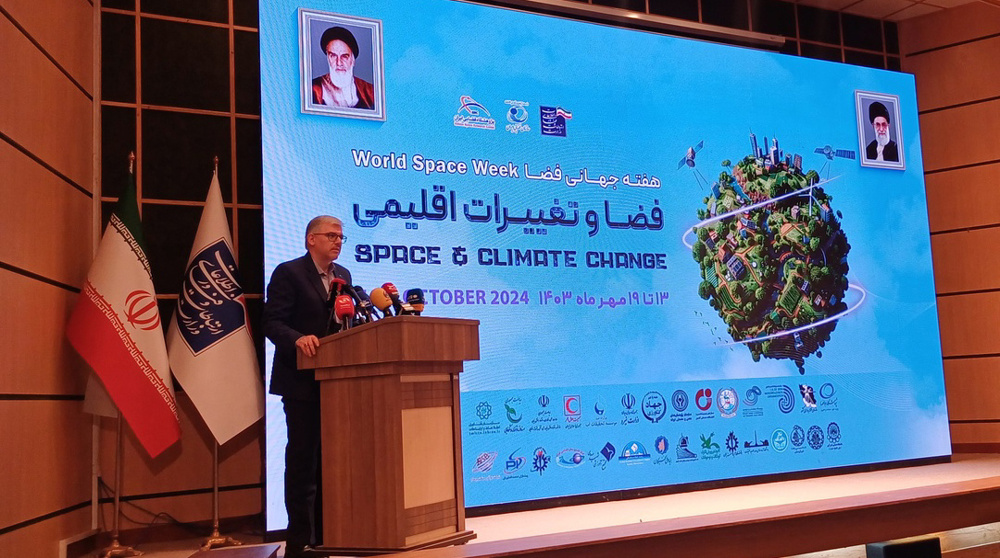
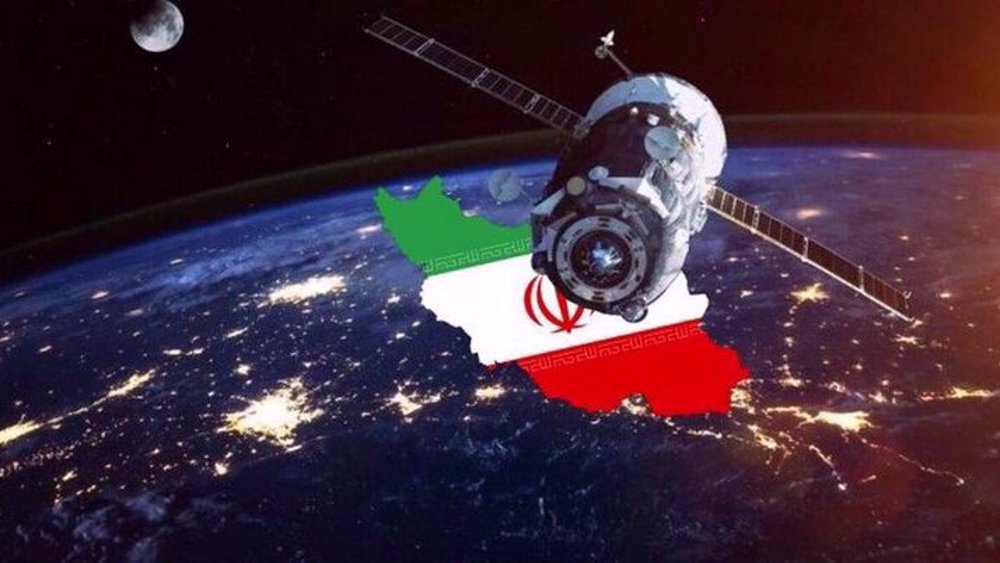
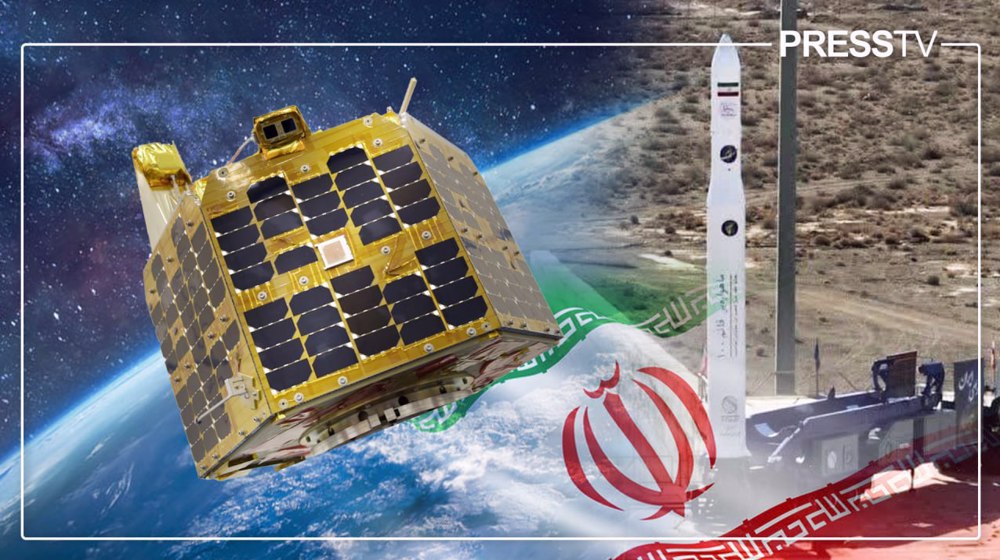


 This makes it easy to access the Press TV website
This makes it easy to access the Press TV website